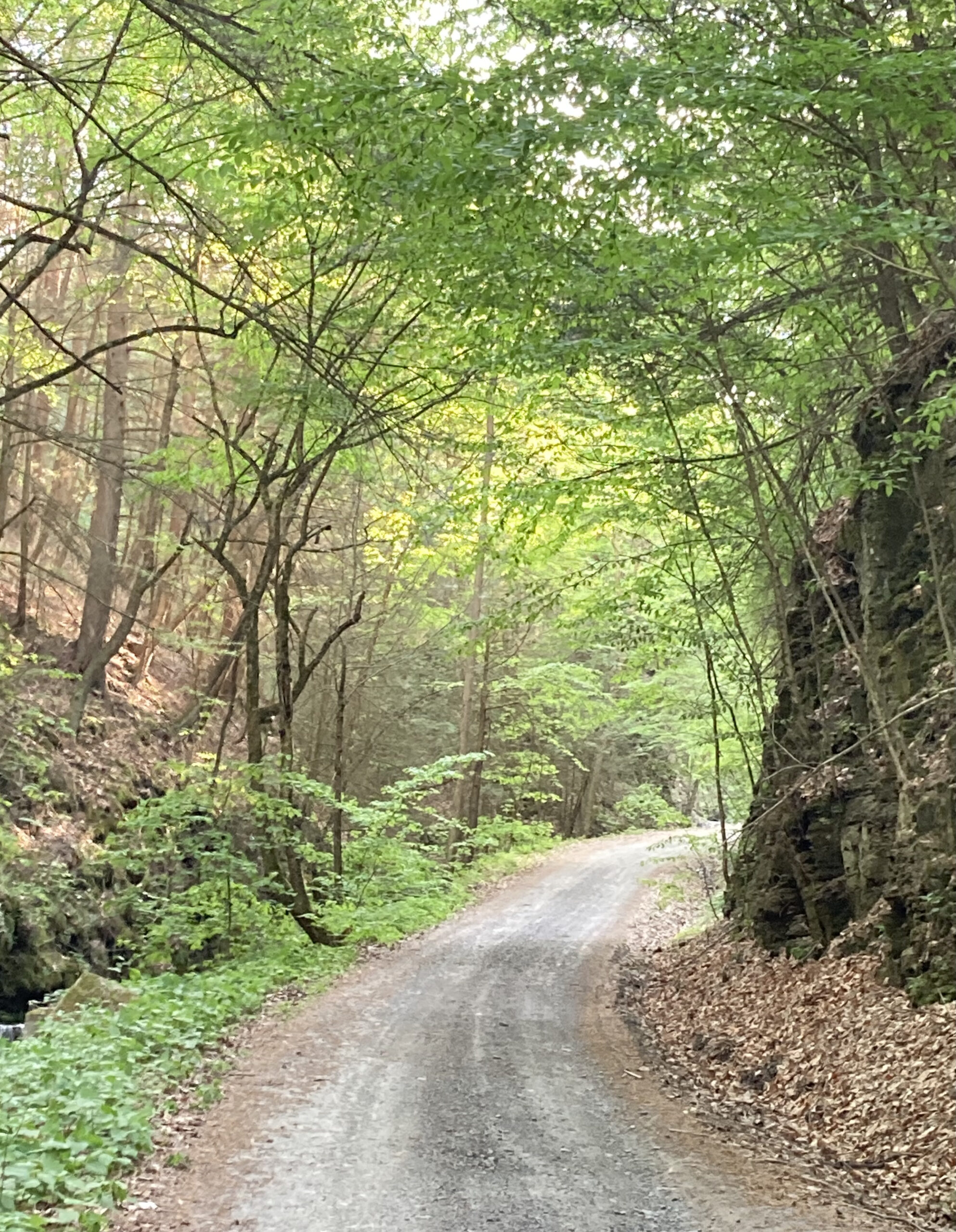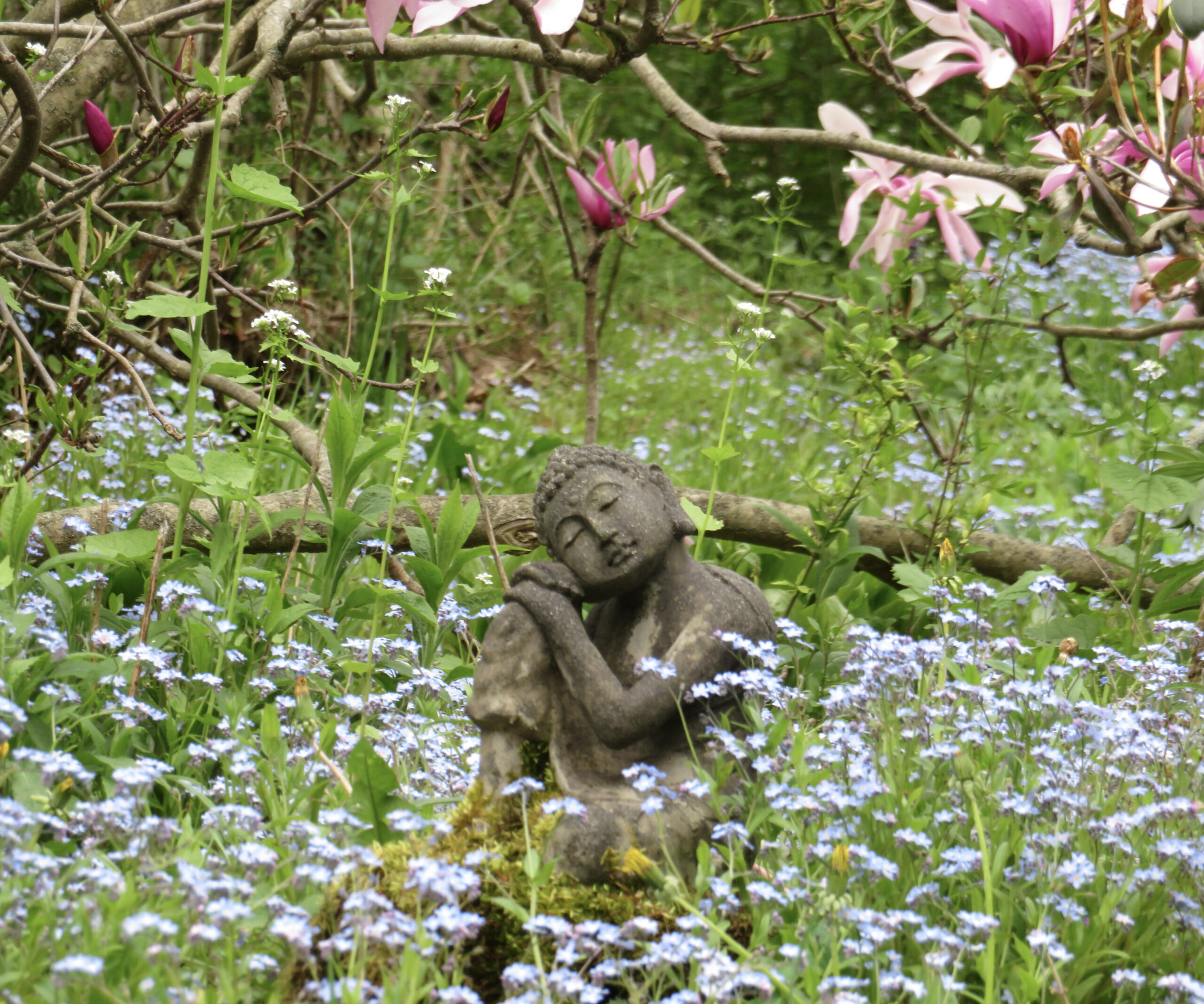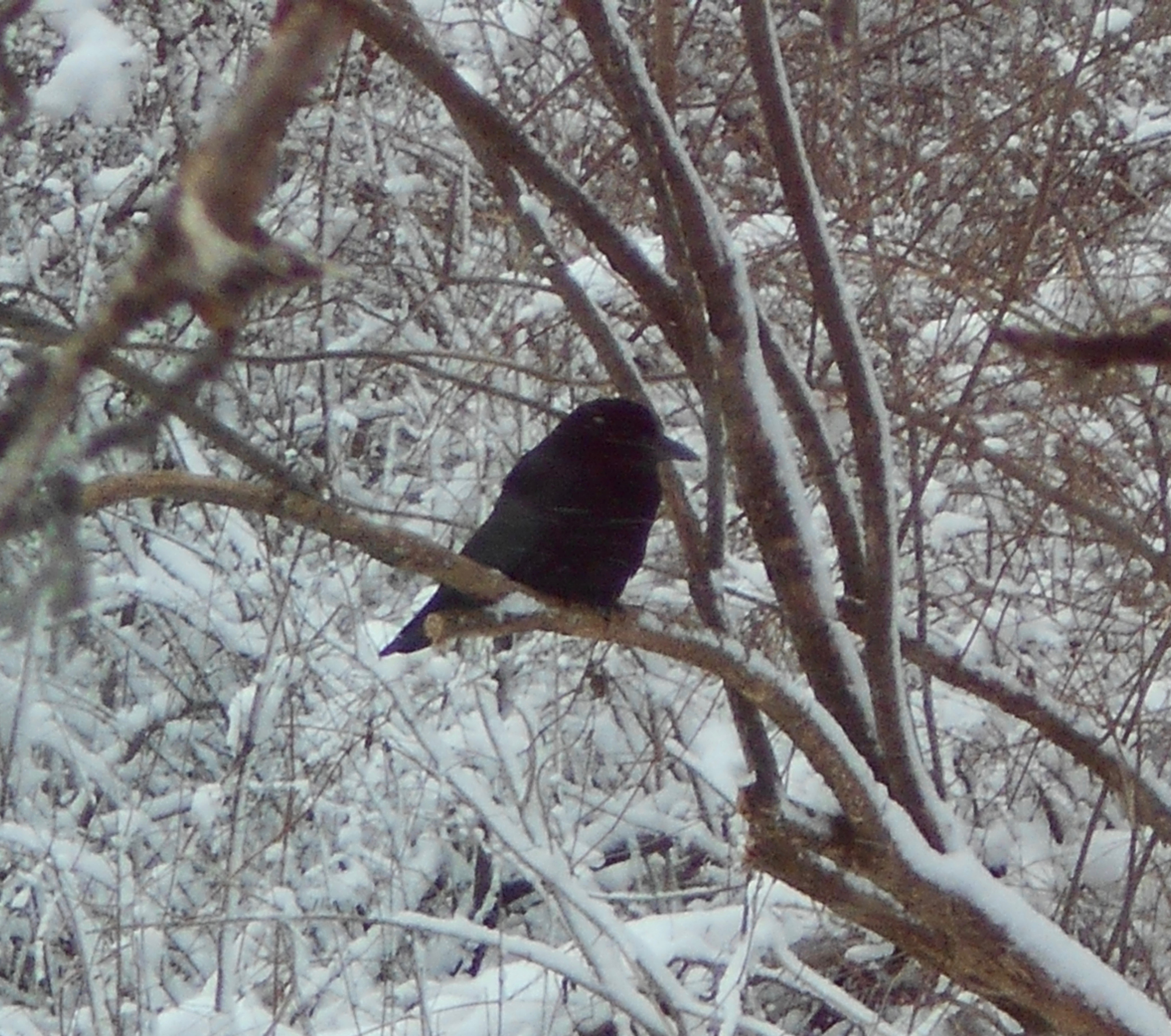Traveling can do so much for us. So many people have written about how much they learned from other cultures, and themselves, by leaving behind the known, the culture they grew up with, and immersing themselves in another place. I love listening to Travel with Rick Steves on NPR, or reading travel books by Pico Iyer. When I was in College, I took 4 months to hitch-hike through Europe. It was one of the most formative times in my life. Same with being in the Peace Corps in Sierra Leone, hitch-hiking across the US, traveling with my wife for a month in Greece. But since COVID, I haven’t traveled very much.
And it’s not just that we learn from where we arrive. We can learn from the mere fact of moving from place to place with awareness.
We frequently get caught up in one place or way of doing things. We look out the window of our home, maybe into a garden, street, or city. Maybe we enjoy it, maybe not. But we create a momentary identity space. And then we might lose touch with how the yard or garden spreads to the hills beyond it, or to the street and the city, or neighboring nations.
I walk almost every day and pick a route, places to go and see, but really, I could go almost anywhere. I’m limited only by my concept of what the walk should be. Our ideas about what we’ll meet on the road can limit how and what we greet.
There’s space, miles, and there’s time. We might want to go someplace. Go to a doctor, visit a friend. And we want to be there now. We want to “cheat” space by speeding through time, by driving faster, or diverting ourselves with music and podcasts as we move, so we don’t feel “are we there yet?” Driving can be a good time for music and such. But time and space, as Einstein and others have shown, cannot be separated.
Buddhism and other spiritual and philosophical approaches share a similar perspective yet turn it in an engaging direction. They remind us change is constant and everything impermanent. Dogen Zenji, a Japanese Zen teacher, poet, and philosopher said we, all things, are time. “Time itself is being.” “The time we call spring blossoms directly as an existence called flowers.” In this moment, I am dependent upon and enmeshed with all beings in all time.
Driving, or that time in the airport or those minutes in a subway, can be a great opportunity to learn from others. By being mindful of our feelings, we learn an important lesson about ourselves and how we experience time. Of course, what we learn traveling we can learn anytime we pause to study ourselves. But traveling makes time and change so obvious.
Dogen said, “Do not think that time merely flies away…If time merely flies away, you would be separate from time.” Imagine driving a long distance. Just a few weeks ago, my wife and I drove 8 hours to visit my brother and sister-in-law. And I noticed the obvious⎼ when we’re driving, we’re always moving. Then we stop, get out to pump gas or go to the bathroom. And internally, we’re still on the road; or still focused on a destination other than where we are. So, when we stop, it takes effort to feel that moment in that space. We’re not fully alive to where we are.
We often mentally limit ourselves to what’s within our skin or conceptual border, so everything else is considered outside us. Our culture trains us in such limitation. It also trains us to think of time as moving in a linear fashion abstracted from us and the rest of existence. This exaggerates the borders or spaces between us, and between here and there. Yet the universe is open. We have to re-train ourselves, so even the limits are ways to touch the limitless….
*To read the whole piece, please click on this link to The Good Men Project.
**The photo is from Delphi. Greece.








